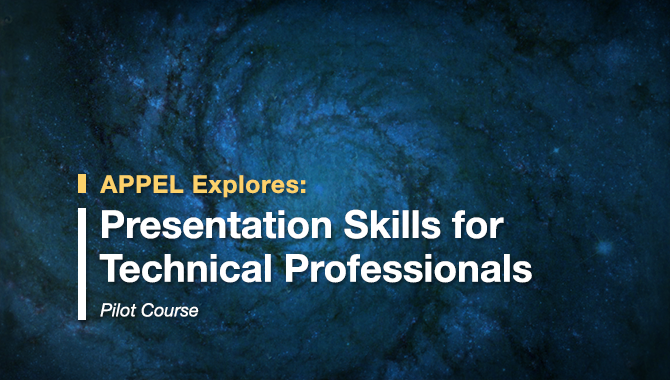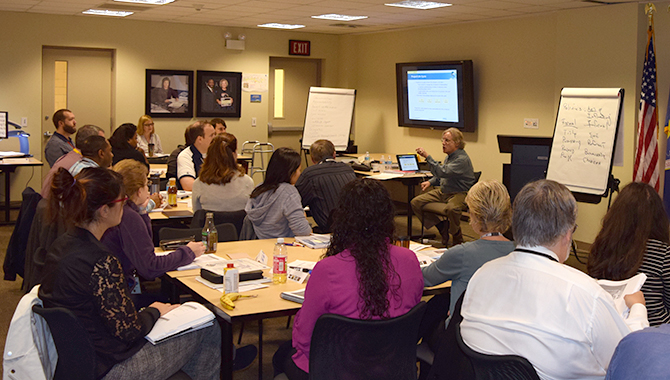
No silver bullet can increase your persuasiveness or influence, but you can change the way others see you, according to author and APPEL instructor Matthew Kohut.
Some people seem to have a gift for getting others to listen and follow their lead. It’s not just about being the loudest voice in the room or the squeaky wheel that demands the grease. We all know project managers who lead with quiet authority or technical experts who make a whole team feel smarter. So what is it?
Kohut, a communications expert who has worked with NASA for a dozen years and serves as the instructor for the APPEL course Presentation Skills for Technical Professionals, suggests that the key lies in balancing behaviors and traits that others expect us to project. In Compelling People: The Hidden Qualities that Make Us Influential, Kohut and co-author John Neffinger dive into social psychology for answers and come up with a framework that is easy to understand but not as simple as it appears at first glance.
The qualities that others look for are strength and warmth. Strength is a measure of our competence and our assertiveness, or skill + will. Strength gets things done and commands respect. Warmth is a matter of sharing the concerns and interests of other people. In a professional context, it is the sense of being on the same team or seeing the world the same way as others. Warmth enables us to like, support, and trust each other.
The challenge, Kohut and Neffinger write, is as old as Machiavelli’s famous question about whether it is better to be feared or loved. Citing examples from business, politics, and public life, they contend that the answer is “both” rather than either/or. They walk through the social psychology behind their assertions with a light touch and draw on a decade of coaching work to offer practical tips for projecting strength and warmth.
Kohut recently examined the issues in a second publication: Executive Presence: The Inner Game. This brief e-book adapts the strength and warmth framework to consider the narrower question of how others perceive our presence in a professional context. Executive presence ultimately comes down to demonstrating to others that you can bear responsibility for the organization and the people who work in it. He points out that the behaviors associated with executive presence vary with organizations and their cultural expectations of executives. As an example, think of the differences between Facebook and General Motors.
In a setting where the primary goal is execution of business objectives, Kohut says that presence should answer three questions for others in the organization: 1) Are you up to the job? 2) Can you manage yourself? and 3) Are you aware of yourself and others? The answers to these questions demonstrate a relaxed confidence, a sense of self-control, and careful attention to those around you. As in Compelling People, he provides specific tips on cues and behaviors that demonstrate these qualities as well as strategies for coaching yourself on executive presence.
At NASA and many other organizations, managing a project goes beyond the specifics of the task to managing how others perceive the project—and the project’s leaders. As a result, anyone at the frontline of project management could benefit from reading these titles, which look at how we can put influence and persuasion to work for us in order to achieve our business goals.
Learn more about Compelling People: The Hidden Qualities that Make Us Influential and Executive Presence: The Inner Game.
Find out about the APPEL course Presentation Skills for Technical Professionals.









